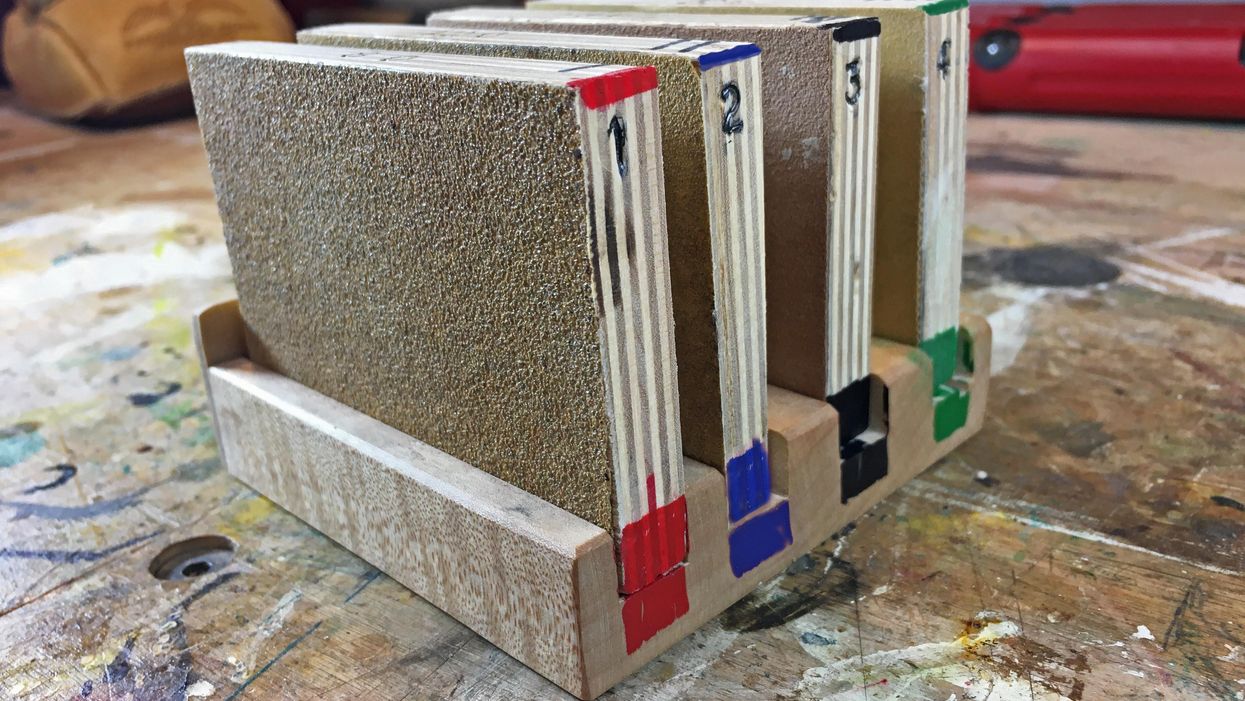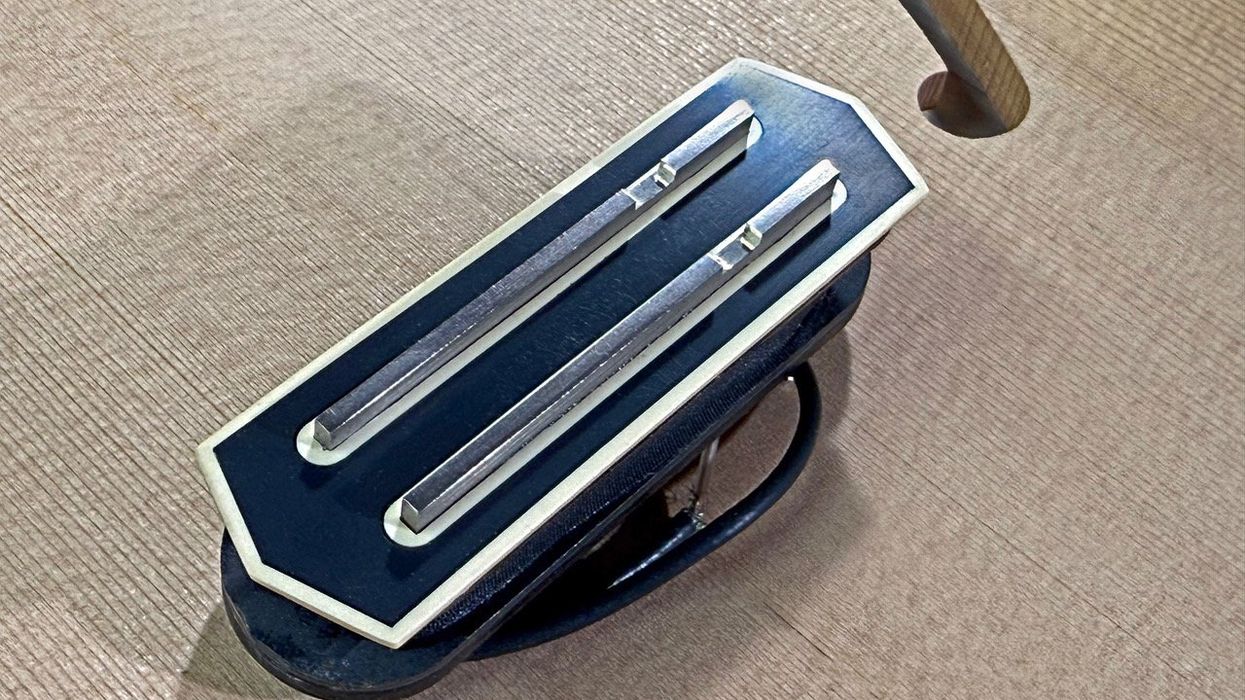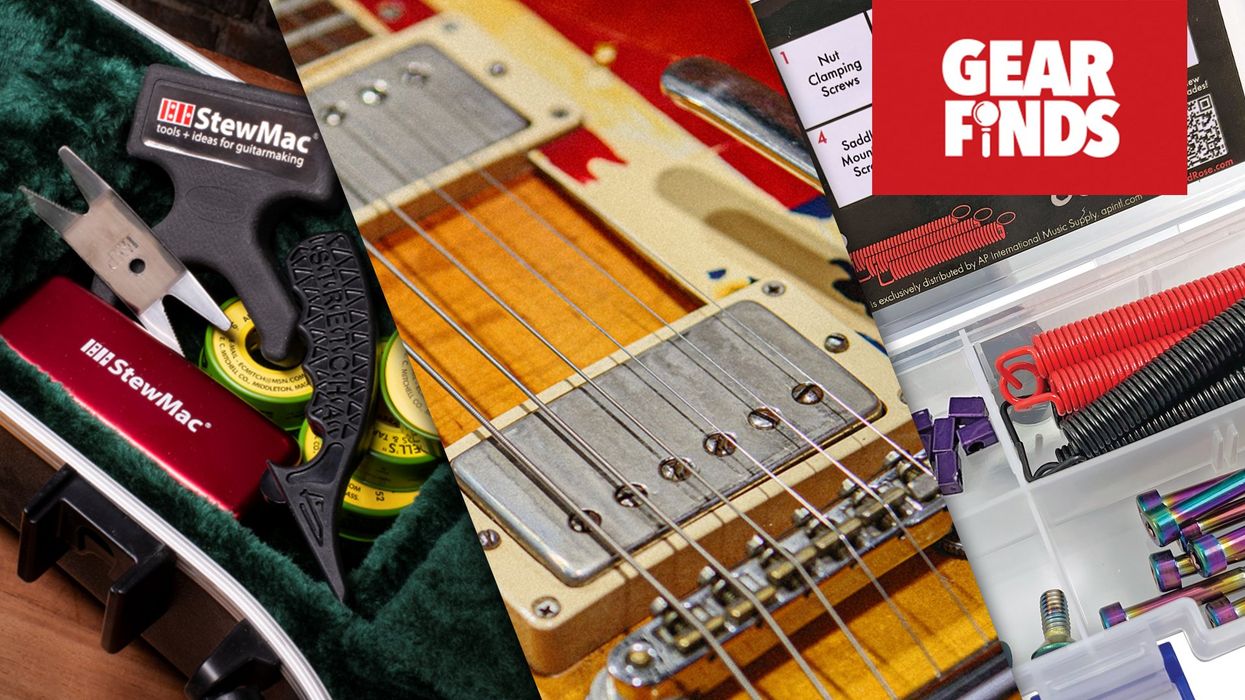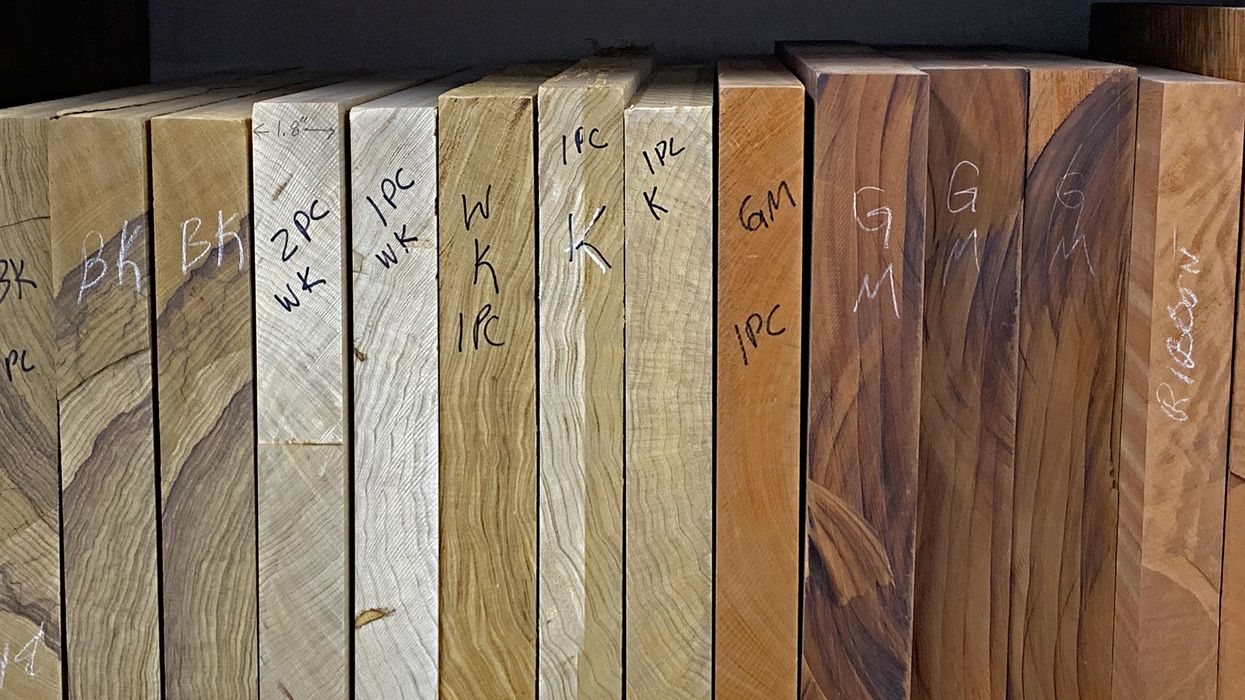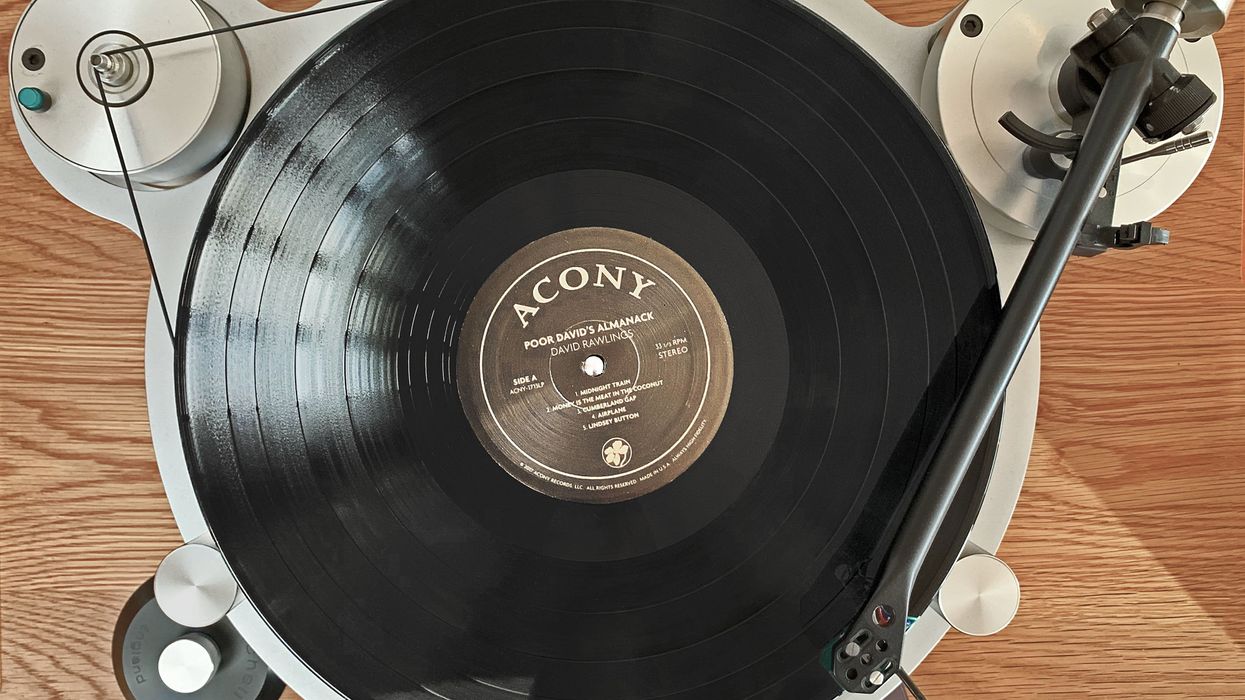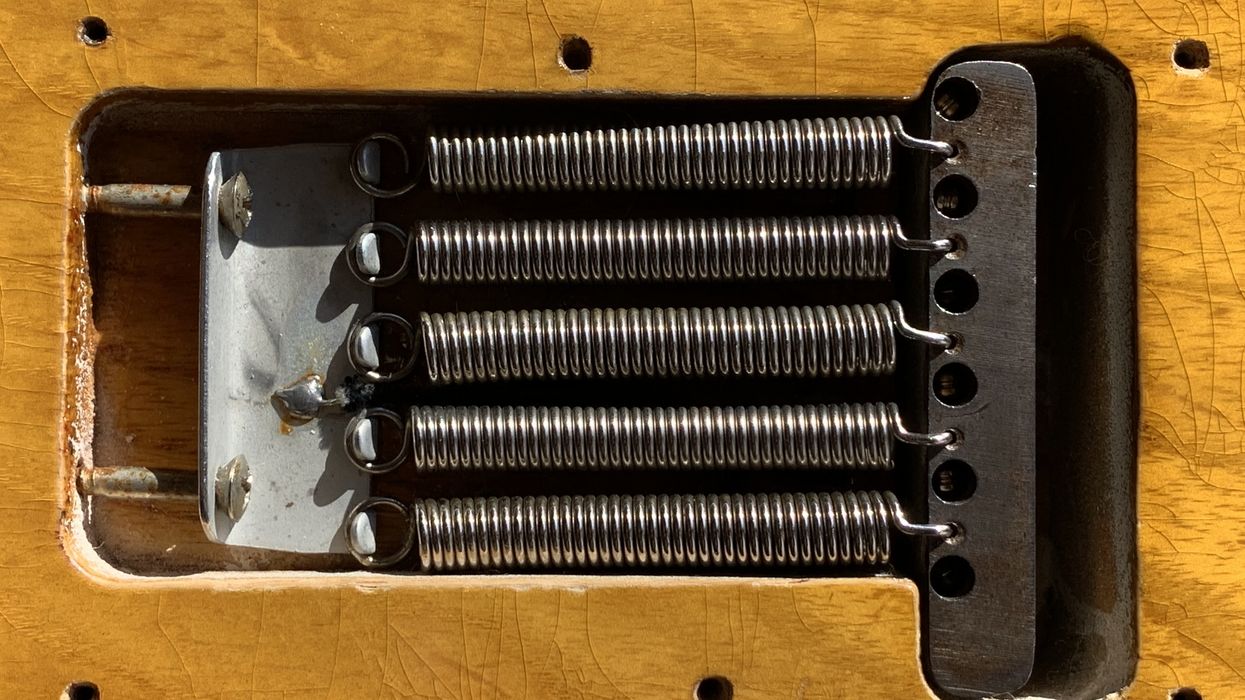It’s hard to admit that you’re a slob. Lack of organization is pretty much looked down upon in most professional arenas. It’s also hard to imagine successful people waking up on stained futons and stumbling through a minefield of snack wrappers while looking for their cleanest dirty shirt. That is unless that wealthy schlump is a famous rock star. Is it the artist’s way, or letting go of the illusion of control? Either way I think it’s a stereotype—and one that cuts both ways.
Like a child who is repeatedly told they’re not good enough, sometimes we talk ourselves into playing a part that doesn’t let us spread our wings. Maybe you think that cleanliness and order get in the way of creativity and performance. I used to think that, too. Then I read an article about Roger Penske, one of the most successful racing team owners of all time. Even from the time he was a rookie driver he was known in the paddocks for having immaculately prepared cars. Other drivers and teams were amused by Penske’s mechanics, who kept his cars sparkling clean top and bottom, inside and out, for each and every run on the track. They thought it was some kind of show or blamed it on his ego. But that fastidiousness meant that Penske’s team could spot a tiny leak or potential part failure that might have otherwise been hidden by grime. A well-maintained machine allows the driver to do what they do best—drive. You can roll your eyes, but it’s hard to argue with 18 Indianapolis 500 wins, and 16 season championships.
If you imagine that keeping a race car clean is different from organizing the wiring on your pedalboard or keeping your workbench tidy, you’re running uphill in lead boots. Concise and well-ordered workspaces allow problems to stand out and are therefore easier to diagnose. Reduction of clutter allows you to attend to the creative stuff, which is the whole point. For those who say that friction is fodder for the creative endeavor, I challenge you to write a song about hunting for a screwdriver in a cluttered drawer. On second thought, that’s something that people can relate to. Another thing we can all relate to is having our guitar cut out in the middle of a gig. It’s easier to fix quickly when the signal chain is clearly routed and marked. I know a guitarist who has an emergency bypass pedal that circumvents his entire board directly to the amp via a redundant cable for just this purpose. Maybe that’s a little over the top, but the show must go on, right?
For those who say that friction is fodder for the creative endeavor, I challenge you to write a song about hunting for a screwdriver in a cluttered drawer.
In the workshop, it’s much the same. You don’t need the headache of searching for something in a disorganized bin when you’re in the flow. Concentration is doing one thing at a time, so endlessly looking for tools or parts in a place that resembles a war zone breaks your attention. Preventative protocols can keep things on track. When I visit or see photos of workshops with piles of parts and tools everywhere, I feel sorry for the employees and the customers.
Visual systems are priceless. Whether it’s your workbench or your signal chain, it’s helpful to color code stuff. It makes things easier when you’re in a hurry, or just trying to finish on time. Wire ties come in a rainbow of colors and, aside from anchoring cables down, can serve as guides. Determine a code and start with simple things like white means in, red means out. This makes it simple to troubleshoot a problem. If you have multiple systems or paths, use more colors. Laminate a legend on the gear reminding you or a tech what’s what. In the workshop, tools and jigs can be color coded. I have small sanding block racks that have different grades of abrasives loaded on each block. The slots on the racks are colored to each grit, which is also marked on the blocks. I know which grit goes with each color, so I never reach for the wrong block. It takes a little time to get the hang of it without resorting to looking at the numbers (also stamped on each block), but guitarists are good at remembering sequences.
Musicians have often been pictured as shambolic, but the vision of a painter’s studio piled high with half-squeezed tubes of paint and rags soaked with mineral spirits is a tired old meme. The truth is that buying into the myth of creative disarray is not helping any cause. Instead, a dose of tidiness can really work to your advantage. So, stop painting yourself into a false narrative and revel in the freedom that neatness neurosis provides. Now, where did I leave my label maker?
